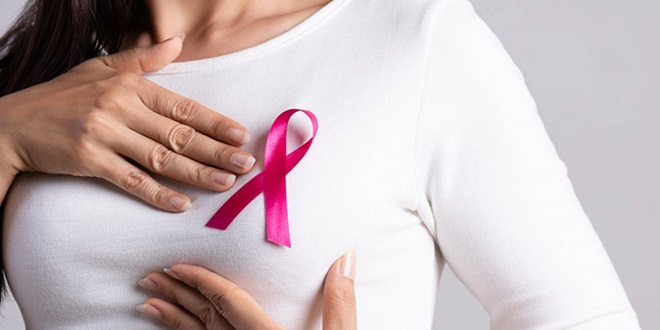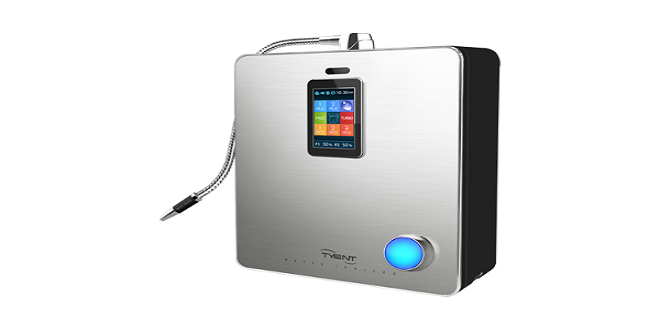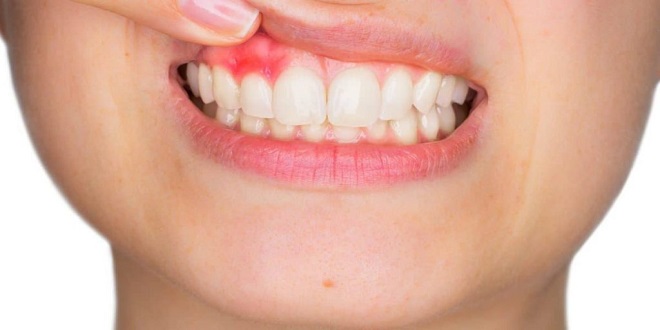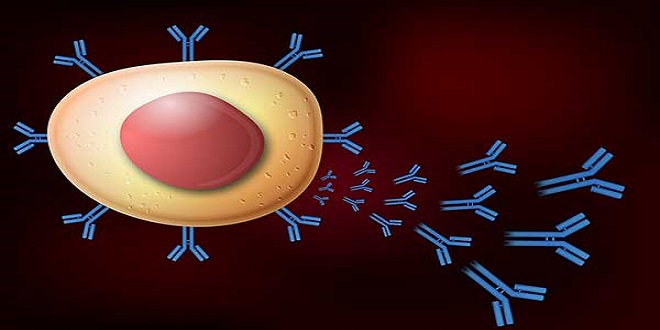Young females are at risk for breast cancer

Breast cancer is the most common type of cancer in women. However, symptoms usually do not appear until after a few years. Your age will determine the symptoms of breast cancer. This includes changes in how you feel and how you look. Young women may experience symptoms such as lumps, pain, swelling, tenderness, nausea, vomiting, and discharge from the nipple. These symptoms can be serious and should be reported to your doctor right away. Some cancers can often be treated quickly if detected early enough. We regularly discuss breast cancer prevention topics such as the signs and symptoms of breast cancer. Also, advanced therapy, or treatment for dense breast tissue, is discussed. Proper screening is important to avoid early-onset disease. This post will provide information on early warning signs and treatment options for young breast cancer patients.
As breast cancer progresses and worsens, symptoms of breast cancer will change. Redness, hotness, dimpling and texture changes around the outside or interior of one or both nipples or both nipples can be early signs. You may also notice other symptoms or pain. Breast cancer can be described as a broad term that includes 40 rare, often fatal, cancers. Breast cancer can affect any age, but young women under 40 are treated with breast cancer prevention. It is crucial that medical services are efficient and do not focus solely on diagnosis and early detection. Hormonal changes, alcohol intake, radiation exposure, and other factors are all risk factors for young females.
Types and stages of breast cancer
Teenagers and young women are at greatest risk of developing breast cancer. The average age for this disease is between 15 and 29 years. Breast cancer is more common in women who have had breast cancer in the past or are not yet at their peak years. Breast cancer can take many forms, but all have the same symptoms: tenderness/redness and breast pain.
Types of breast cancer that can affect young women:
Localized: Only affects skin and breast cells. They can develop into tumors.
Situ: The tumor is located in a specific area of the breast. They can also grow into tumors, but they are more likely to be basal cell carcinomas.
Processed/Misclassified: they aren’t diagnosed fully because they were processed through something else in their development that made them more likely to be classified differently by doctors. They are not common in other areas of the body but they can and do exist there.
Treatment planning
Breast cancer is the most common form of cancer that affects women. Early detection is key to increasing treatment options and the chance of beating breast cancer. However, the signs are not always obvious in young women. Your doctor can help you identify possible signs and prevent cancer from getting worse. There are many symptoms that can be caused by large breast cancer or spread to the lymph nodes.
Breast Reconstruction Options and Indications
There are many options for breast cancer treatment, including surgical and non-surgical options. Doctors may recommend breast reconstruction as part of a post-operative plan for a variety of reasons. Breast reconstruction may be recommended for weight changes, cosmetic reasons or if there is a lack of breast volume after mastectomy. Breast reconstruction is possible after breast cancer treatment. The most popular options for breast reconstruction are autologous tissue, synthetic implants and reconstructive surgery. The most common question is how large will the scar be. It may be worth considering conservative options first, then having surgery later.
Preoperative, postoperative and follow-up treatment
Radiation surgery is the most popular treatment for prostate cancer. Young men have a high cure rate and surgery is considered the best treatment. Breast cancer is more common in women younger than men and has a lower prognosis. Even if you haven’t noticed any changes in your physical features and your bone scan results are normal, there is a possibility that you may still be at risk for breast cancer. These symptoms include changes in body weight and body mass index, which are common after menstruation. These are also useful early indicators. These early signs can also be helpful. For example, changes in menstrual cycles and pain that occurs before menstruation can indicate a benign tumor growth. Recent studies have shown that early detection of breast cancer in women is a sign that they are likely to be cured or remission. With younger cancers, some treatments, such as chemotherapy or radiation therapy, may not need to be done.
Conclusion
The second most common cause of death from cancer in women between 20 and 55 is breast cancer. Many studies have looked at risk factors. The most common sign of breast cancer in young women is abnormal breast growths. The abnormal growths are often accompanied by tightness, tingling or itching in the area where they began. Breast cancer symptoms in young women are not experienced. They are more about looking for changes than they are. Because the cells in breast cancer are smaller and more dense, it is usually not felt until after it has advanced. This means that there may be visible changes even before symptoms become apparent. If necessary, people can take corrective actions. For more information and specialist breast doctor consultation checkout drsandrakrishnan.com.au.
Read More: DailyNewsArea




